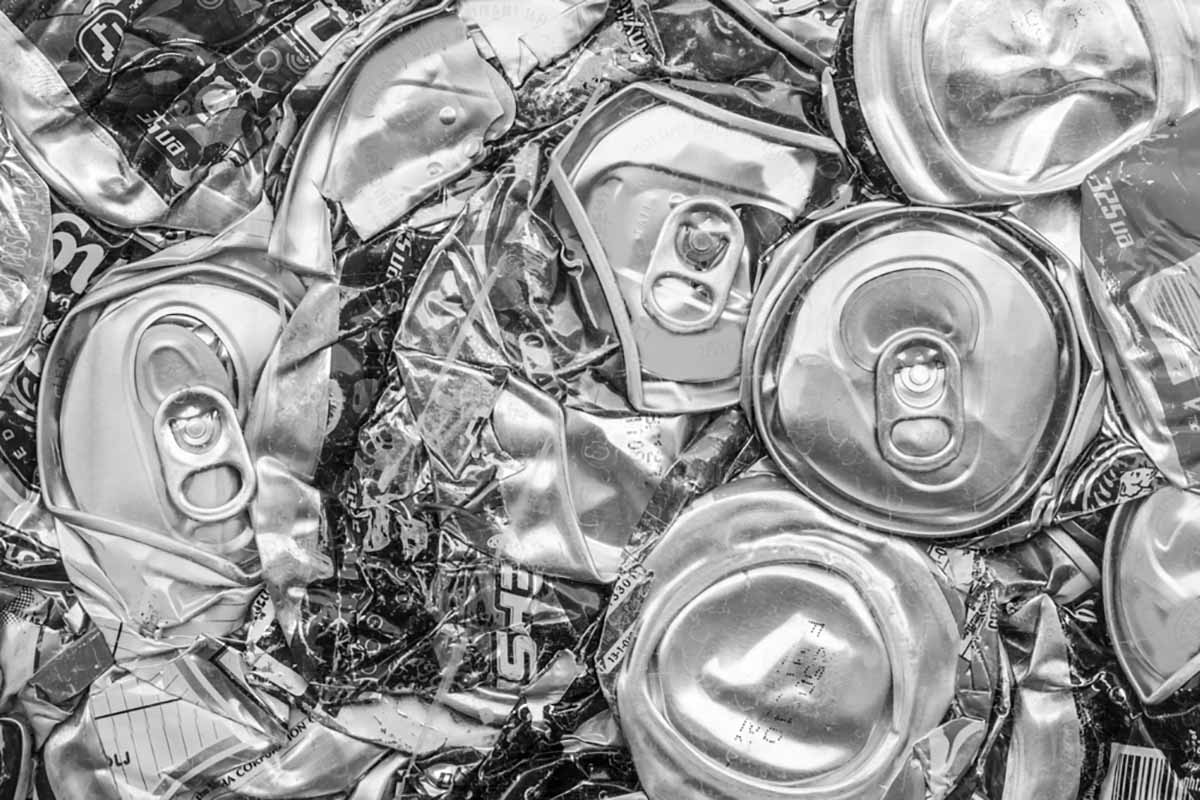
Brands including Nestle, parent company of Vital Proteins, are incorporating paper-based packaging to help reduce their use of plastics. | Courtesy of Nestlé
Faced with public scrutiny over the use of plastic packaging, a growing number of brand owners are touting their switch to paper-based alternatives, including recent moves by Driscoll’s, Nestlé, Mars and more. Continue Reading





 A key curbside plastic grade has reached prices it hasn’t seen in over three years, while mixed paper and OCC values are holding steady this month.
A key curbside plastic grade has reached prices it hasn’t seen in over three years, while mixed paper and OCC values are holding steady this month.

